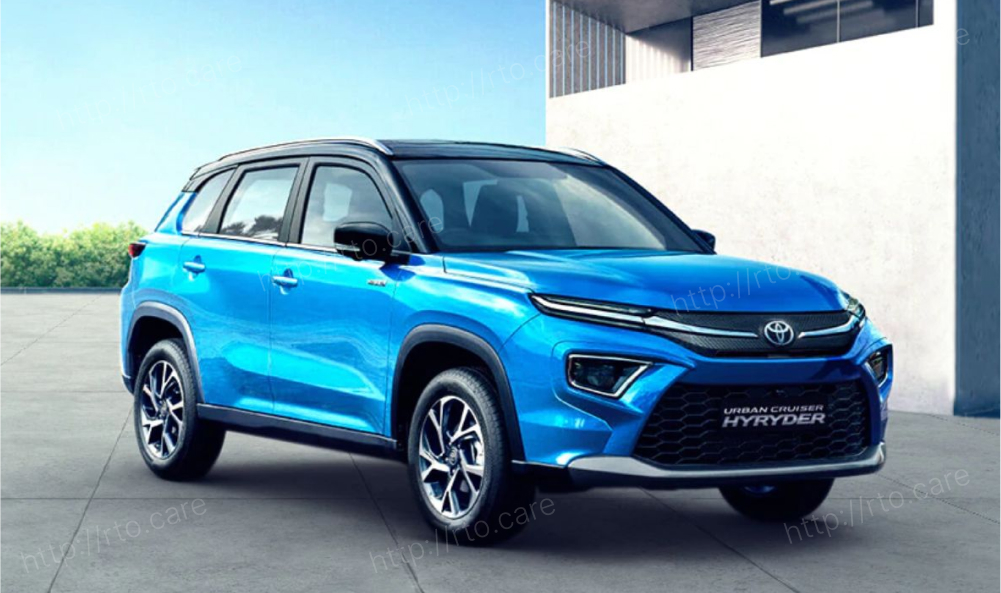Safety is seen as being of the utmost importance while buying an automobile in India. Crash tests and (New Car Assessment Programs) NCAP ratings are important factors in auto purchase decisions because of the high accident rate on Indian roads. This article focuses on seven essential safety elements: seatbelts, airbags, anti-lock brakes, electronic stability control, blind spot monitoring, lane departure warning, and rollover mitigation. These features can help prevent catastrophic accidents or fatalities. These features can help you avoid collisions and guarantee passenger safety.
For this reason, Times Drive readers, we've compiled a list of the top 7 safety features that can really make a difference in a modern vehicle.
Seatbelt :
Unquestionably, the seatbelt is among the most important safety features in a car, and it continues to be at the top of this list. It is a straightforward but powerful technology that can avoid fatalities or major injuries in the event of an accident. The way seatbelts function is by securing the occupants in place, keeping them from being thrown forward in the event of an accident. Always fasten your seatbelt, and make sure that everyone else in the vehicle does as well. In the event of an accident, seatbelts, together with other safety equipment like airbags, can greatly lower the risk of major injuries.
Anti-Lock Braking System (ABS) :
A long-standing but still essential safety element is the ABS (Anti-Lock Braking System). It keeps the wheels from locking up when braking forcefully, helping the driver to keep control of the vehicle. The ABS is a crucial safety component in emergency situations since it shortens the stopping distance and aids in preventing skids.
Airbags :
Another essential safety item that might lessen injury risks in an accident is airbags. They are made to deploy fast in the event of a crash, giving the occupants a cushion to lessen the impact of the collision. The most recent vehicles include numerous airbags, including front, side, and curtain airbags, to protect the occupants from all sides.
Electronic Stability Control (ESC) :
ESC is a safety feature that is now required in all vehicles. It is a technology that aids in preventing unexpected swerves or skids from making the car lose control. In order to stop the automobile from swaying, it employs sensors to detect any loss of traction and applies the brakes to specific wheels. In rainy or icy circumstances, this function is especially crucial because it can save lives.
Blind Spot Monitoring :
A safety feature that has grown in prominence lately is the blind spot monitoring system. In order to warn the driver through visual or audio alerts, it uses sensors to find other cars or objects in the driver's blind zones. By alerting the driver of a car in their blind area before changing lanes or turning, this feature helps avoid accidents. This safety feature is quite helpful in Indian driving circumstances for identifying vehicles, especially two-wheelers, moving in your car's blind areas.
Lane Departure Warning System :
A highly helpful safety feature that alerts the driver if the car is straying out of its lane without signaling is the lane departure warning system. It detects the lane lines using cameras or sensors and warns the driver either visually or audibly. This function is especially helpful on highways where inattentive or sleepy drivers may cause accidents.
Roll Over Mitigation :
Roll Over Mitigation (ROM) system is quickly becoming as a crucial safety element as (Sport utility vehicle) SUV usage soars. This safety feature use sensors and algorithms to recognize when a car is in danger of rolling over and initiates protective measures. In order to stabilize the vehicle and keep it from toppling over, the engine's power is reduced, and individual wheels are braked. In SUVs and other tall vehicles, which have a higher center of gravity and are more prone to rollovers, this feature is especially crucial. A dangerous rollover can be detected and avoided with the use of ROM, which also keeps passengers safe.
When choosing a car, safety should come first. The seatbelt, airbags, electronic stability control (ESC), anti-lock brakes (ABS), blind spot monitoring, lane departure warning system, and roll over mitigation are the seven safety features listed above. All of these safety elements are essential for assuring both the driver's and the passengers' safety. When buying a new car, it is crucial to prioritize safety features and include them on your checklist.










